


Researchers conducted a systematic review of 99 scientific publications that compared the flora or fauna of old-growth forests, managed forests and clearcut sites in boreal Europe....
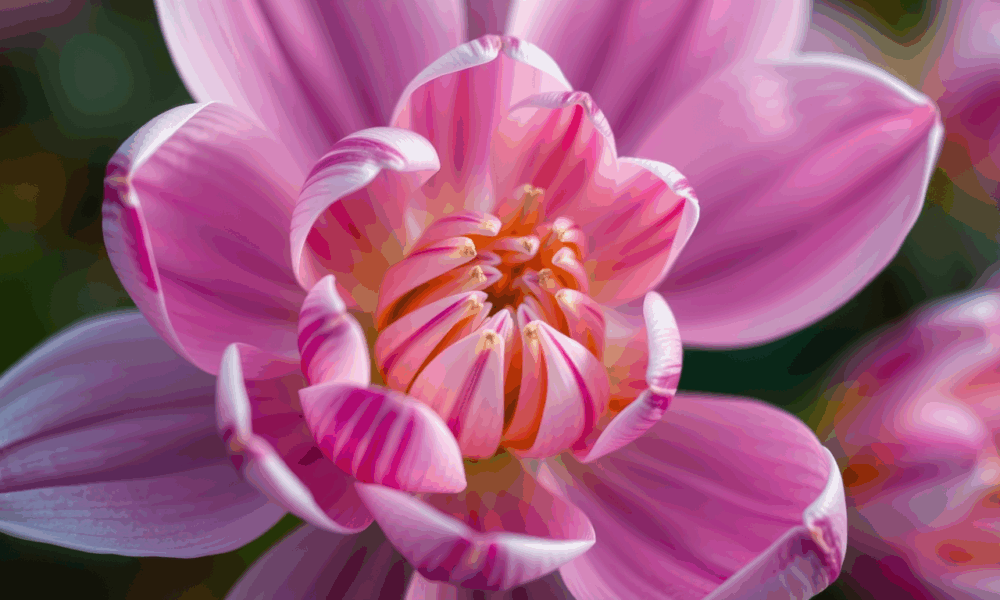
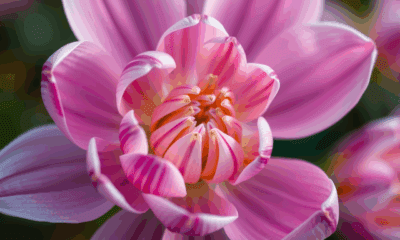

Flowers grow stems, leaves and petals in a perfect pattern again and again. A new study shows that even in this precise, patterned formation in plants,...
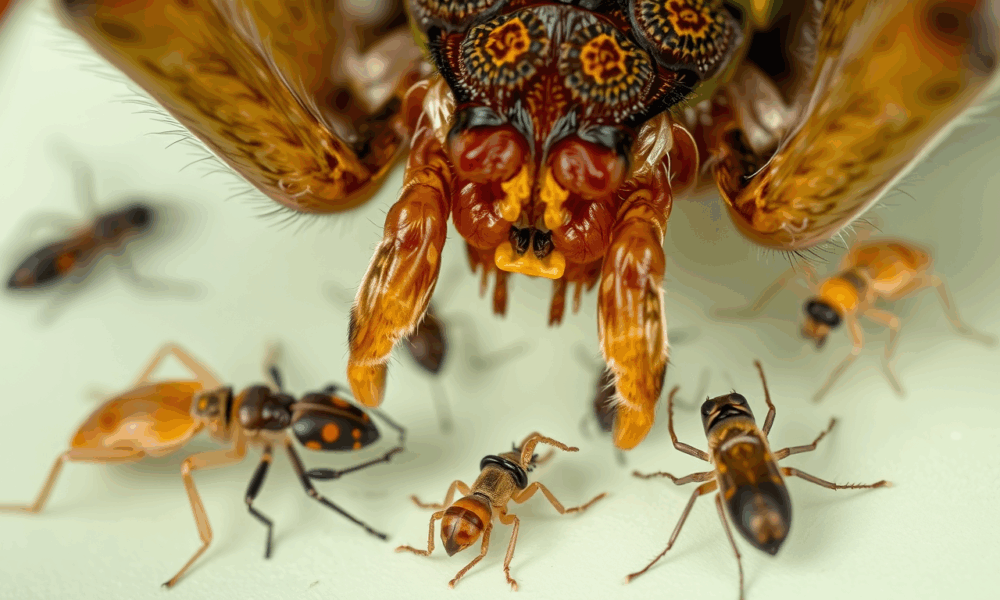
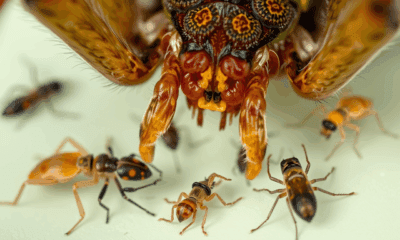

A new study has revealed why some spiders possess venom that is far more potent than others. By analyzing the venoms of more than 70 different...
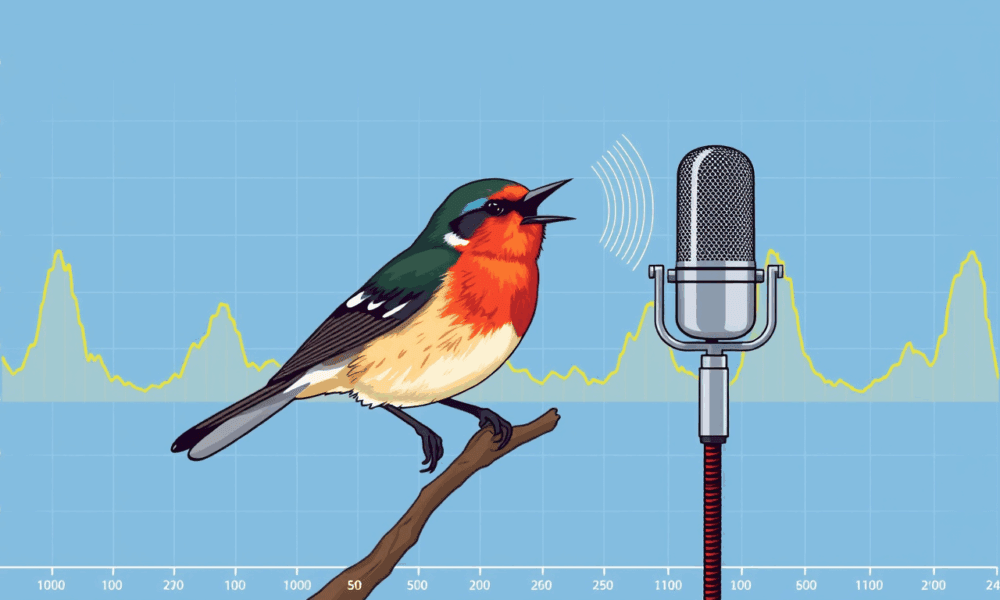
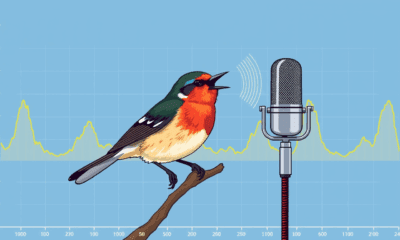

Biologists recently announced that they have released the first broad scale, comparative, fine-grained analysis linking the amplitude, or volume, of a birds' song to its vocal...



After invasive American bullfrogs 'croak,' native turtles return to Yosemite, finds a new study.
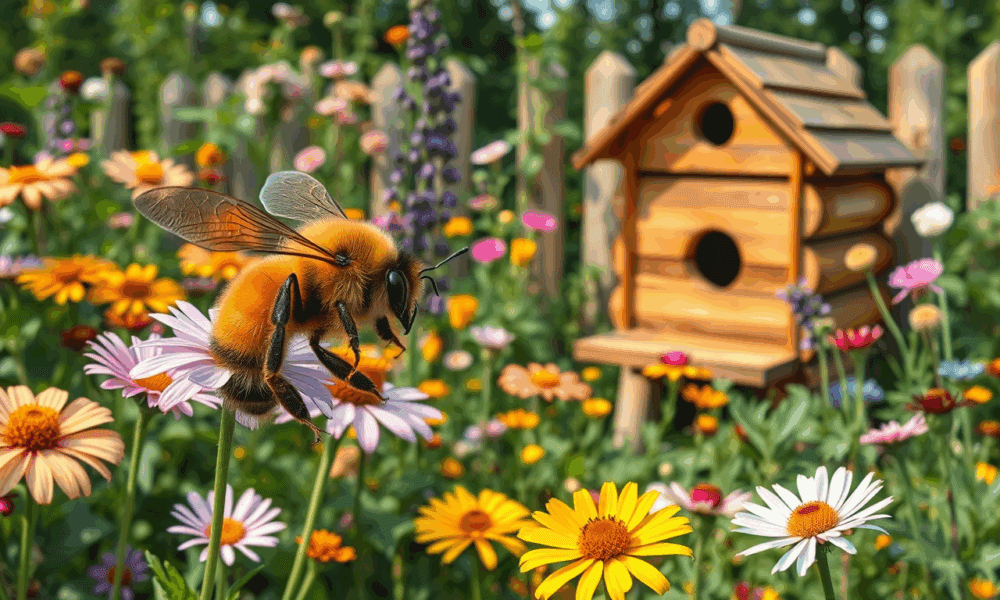
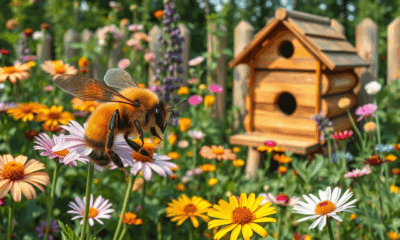

New research has revealed that high densities of European honey bees could be harming Australian native bees' 'fitness' by reducing their reproductive success and altering key...
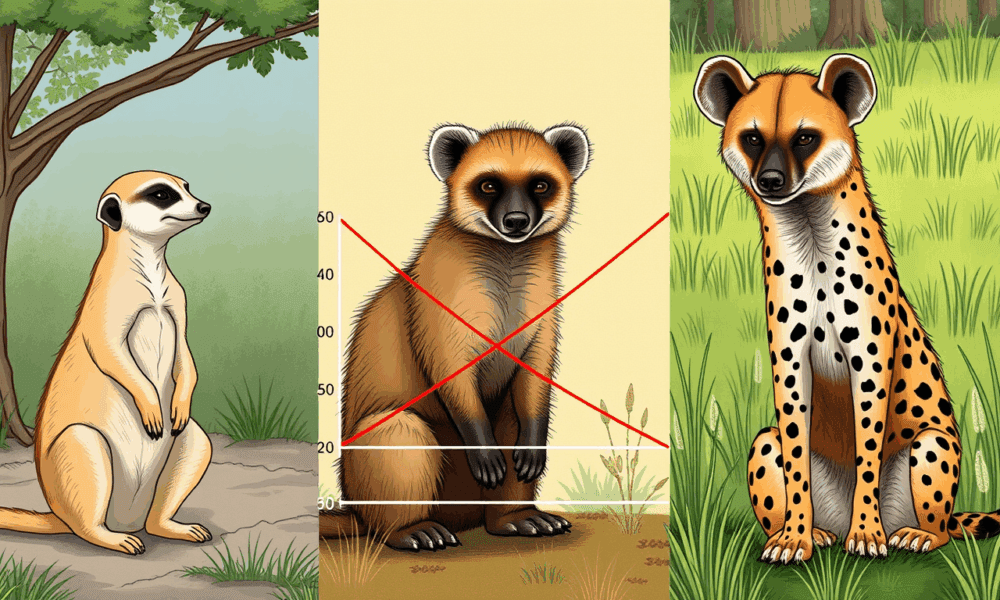
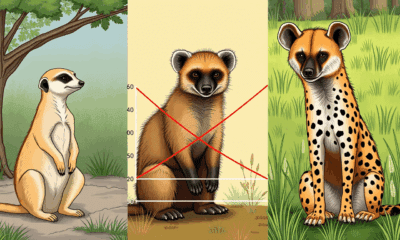

In the natural world -- where predators pounce, prey flee, and group members feed and sleep in solidarity -- animal behavior is glorious in its variety....